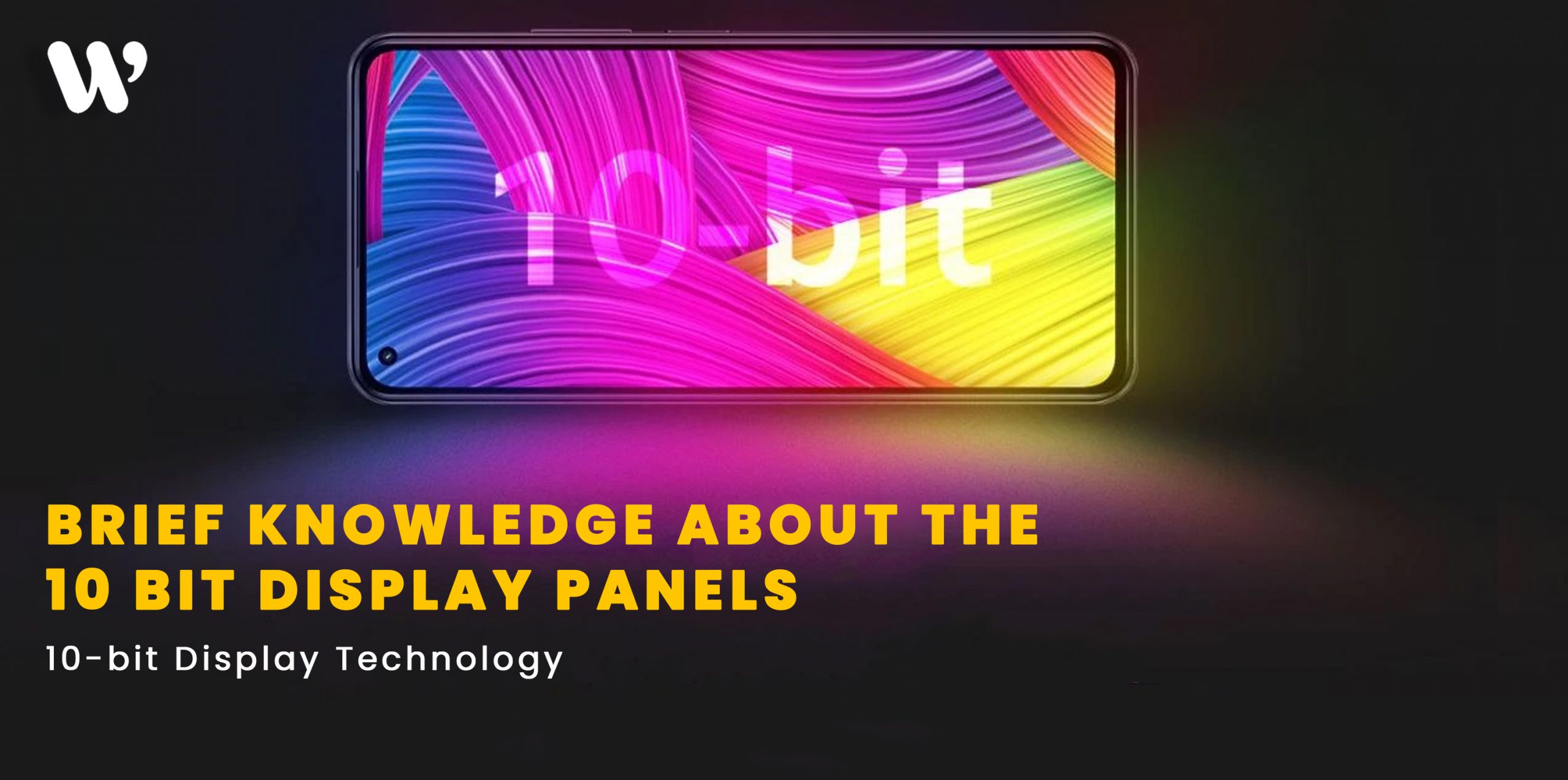This article provides you a lot of information regarding 10-bit panels. If you’ve been paying close attention to flagship smartphones lately, 10-bit colour panels have become a much highlighted specification by many brands. Some like Xiomi claim a significant difference between 8-bit colour panels and 10-bit colour panels, but is that true? Are 10-bit panels actually useful on small devices like smartphones, or are they simply an advantage that is too niche to even be noticed by most people? These are some of the questions we’ll be answering on today’s edition of Tech InDepth.
What are 8-bit and 10-bit displays?
Well, to understand 8-bit and 10-bit panels we need to first look at what makes colours on a display panel. Many of you already know that colours on digital screens like the ones on our smartphones are made up of three primary colours – Red, Green and Blue or collectively, RGB.
Smartphones that have an 8-bit display panel can decode 28 hues of RGB, and those with a 10-bit panel can decode 210 hues of RGB. By decode, we mean process electrical signals that direct individual pixels to display a particular shade. Getting some basic maths in here, we observe that 28 = 256, while 210 = 1024.
So an 8-bit panel displays 256 Red hues x 256 Green hues x 256 Blue hues, which totals to 16.7 million colours. Meanwhile, a 10-bit display shows you 1024 Red hues x 1024 Green hues x 1024 Blue hues, which totals to 1.07 Billion colours. 10-bit panels hence, offer support to showcase many more colours accurately than 8-bit panels; 64 times as many colours, to be precise.
In real life, this translates to better, smoother colour transitioning in videos, provided the content is also shot in 10-bit.
Can you tell the difference?
Whether you can actually differentiate between an 8-bit and a 10-bit display is debatable. While brands may make it seem like the difference is as noticeable as day and night (like the video below), those who have used both an 8-bit and a 10-bit colour panel at the same time with phones in similar segments know that telling them apart is actually very difficult.
A 10-bit display panel is simply able to render more colour information, but that alone doesn’t guarantee a vivid viewing experience. In fact, it comprises a number of other factors, like whether the content you’re watching was shot in 10-bit. If a YouTube video you’re watching was created and published in 8-bit, a 10-bit panel will decode and show the same colours.
Here, it is important to understand that 10-bit colour panels only process more colours, and not produce them. Even if the content being watched is shot in 10-bit, there are other factors like good HDR processing and brightness levels that come into play. Perhaps the biggest aspect to consider here, however, is the size of your smartphone displays.
Even the bigger smartphones usually have under 7-inch displays, which are in a practical sense, too small for you to tell if there is banding between colour transitions (a phenomena you’d otherwise observe on adequately large displays).
Do you need a 10-bit panel on your phone?
Probably not. Unless you actually know you’ve a requirement of a 10-bit panel for professional use-cases. Such in photography and videography. you probably will not be able to tell the difference between an 8-bit and 10-bit panel. Hence, I don’t think this factor alone may be a deal-breaker in your smartphone selection process.
That said, if you’re looking at a phone that is also good in all other aspects, and not compromising in any other area in exchange for offering you said 10-bit panel, there is no harm in going for it.





